Radiation therapy is the current standard of care for nasal tumors in dogs. Nasal hydropulsion was repeated as a.
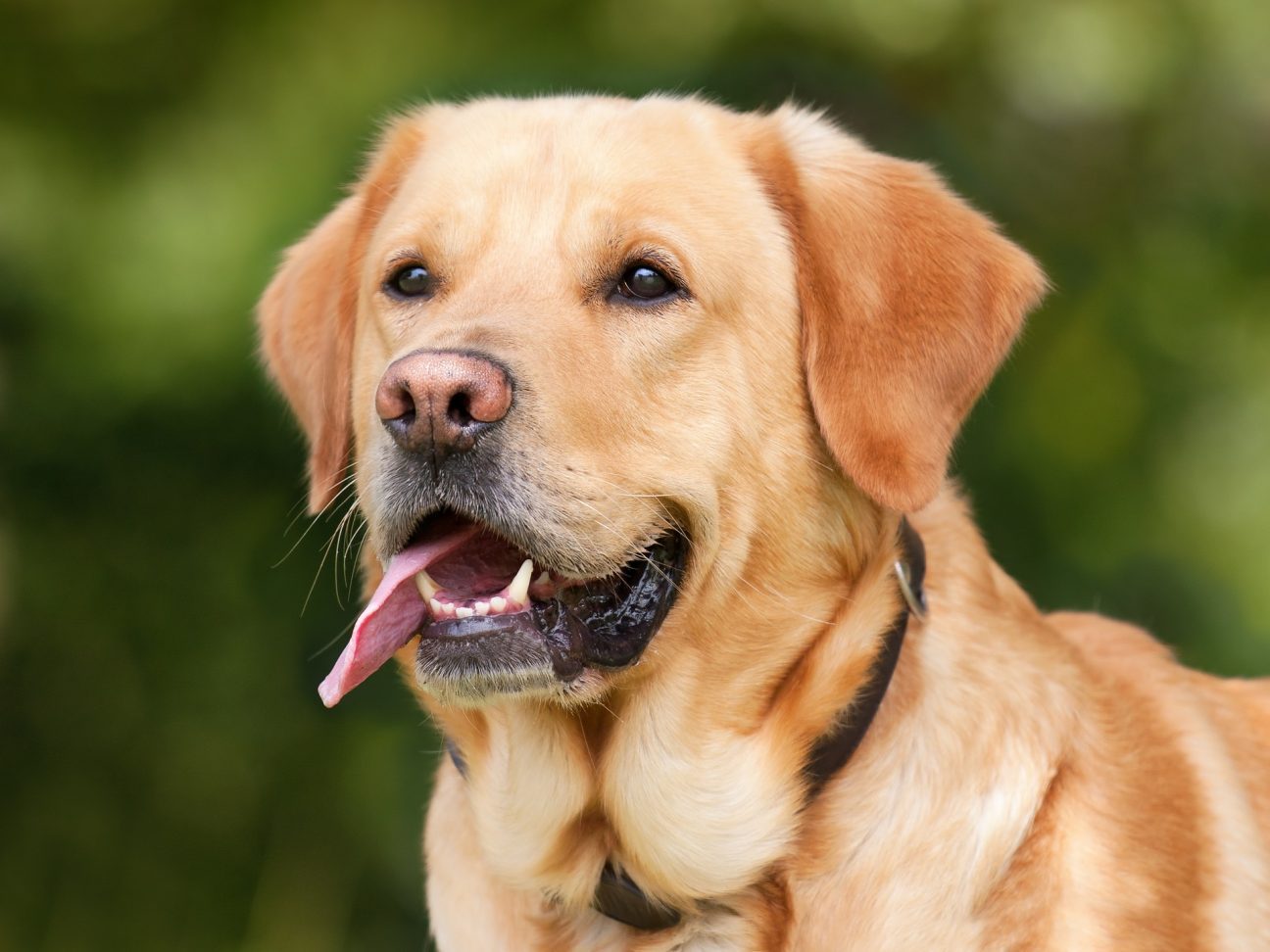
Learn About Nasal Cancer In Dogs Petcure Oncology
This means providing pain.
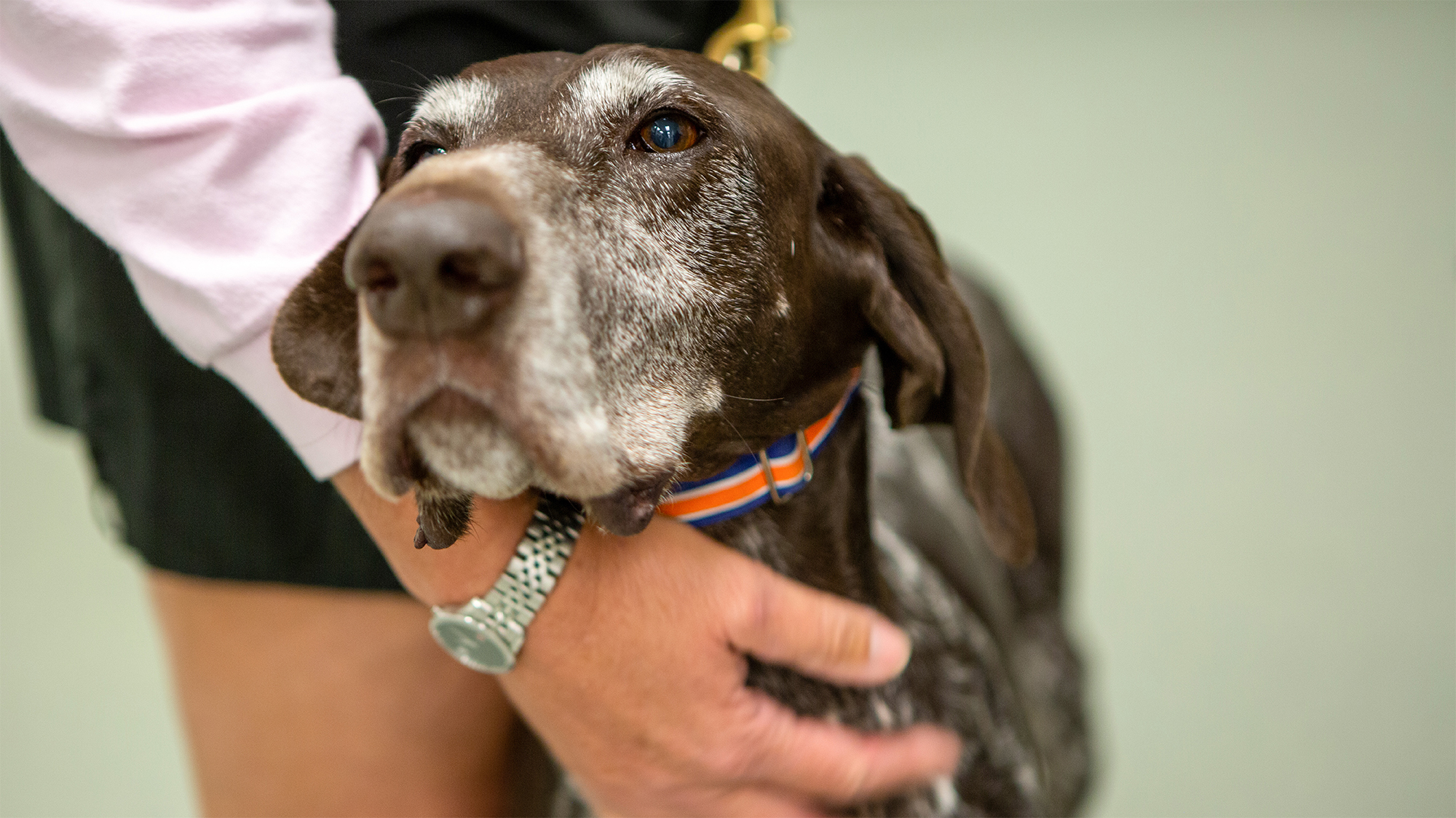
. It addresses the 5-step strategy for comprehensive palliative and hospice care protocol which. Radiation therapy for nasal cancer External beam RT Clinical signs improve in 70 of dogs Median survival times approximately 12 months 50 1-year 20 2-year survival RT protocols. For cancer other than nasal lymphoma.
This helps Harris because he awakens during these. Ensuring these changes go as smoothly as possible. Iatrogenic pain is to be expected as a consequence of definitive treatment.
Both patients had temporary resolution of clinical signs. High-dose and highly targeted radiation to kill the cancer cells Damage to healthy tissue is. Sterile saline was forcefully infused into the obstructed nasal cavity to dislodge the tumor.
However patients undergoing radiation therapy can achieve clinical remission with good quality of life. There are a variety of benefits to SRSSRT treatment for dogs with nasal cancer including. Palliative care for dog nasal cancer is not a permanent cure but it can help make the dog more comfortable and improve their overall quality of life.
Nasal cancer in dogs and cats is not curable. How Many Types Of Palliative. Dogs with nasal tumours cope with radiotherapy very well but side effects such as hair loss and sore skin in the treatment field can occur particularly with the more aggressive.
It also includes covering his beds and sleeping areas with towels we can change immediately when bleeding occurs. This article is a case report of a veterinarian caring for a golden retriever with nasal cancer. How Long Can dogs live with nasal cancer.
Your dog will want to exercise less and less. In dog cancer palliative care involves providing the patient with nutritional support so they dont get malnourished. Common symptoms include nasal discharge nose bleeds or facial deformity.
Radiation is considered the gold standard of treatment for nasal cancer in dogs. The first step in creating a palliative care plan for your dog is to meet with your veterinarian to discuss the expected course of the disease and how it will affect your dogs quality of life. Canine nasal cancer can be a result of an infection or exposure to toxins.
A dogs sense of smell is very important to their well-being. Your job will be to provide palliative care ie. Palliative care refers to supportive care provided with the intent of improving or maintaining quality of life without necessarily slowing the progression of the cancer or prolonging life.
It also involves suppressing pain in order to improve overall physical and. If your dog is receiving palliative care this means that your vet is determining the best plan of action to offer them comfort in the time they have left. The goal in definitive treatment is long-term control of the cancer and potentially long-term pain-free survival.
Radiation is expected to shrink the tumor so the dog can breath better and slow down the.
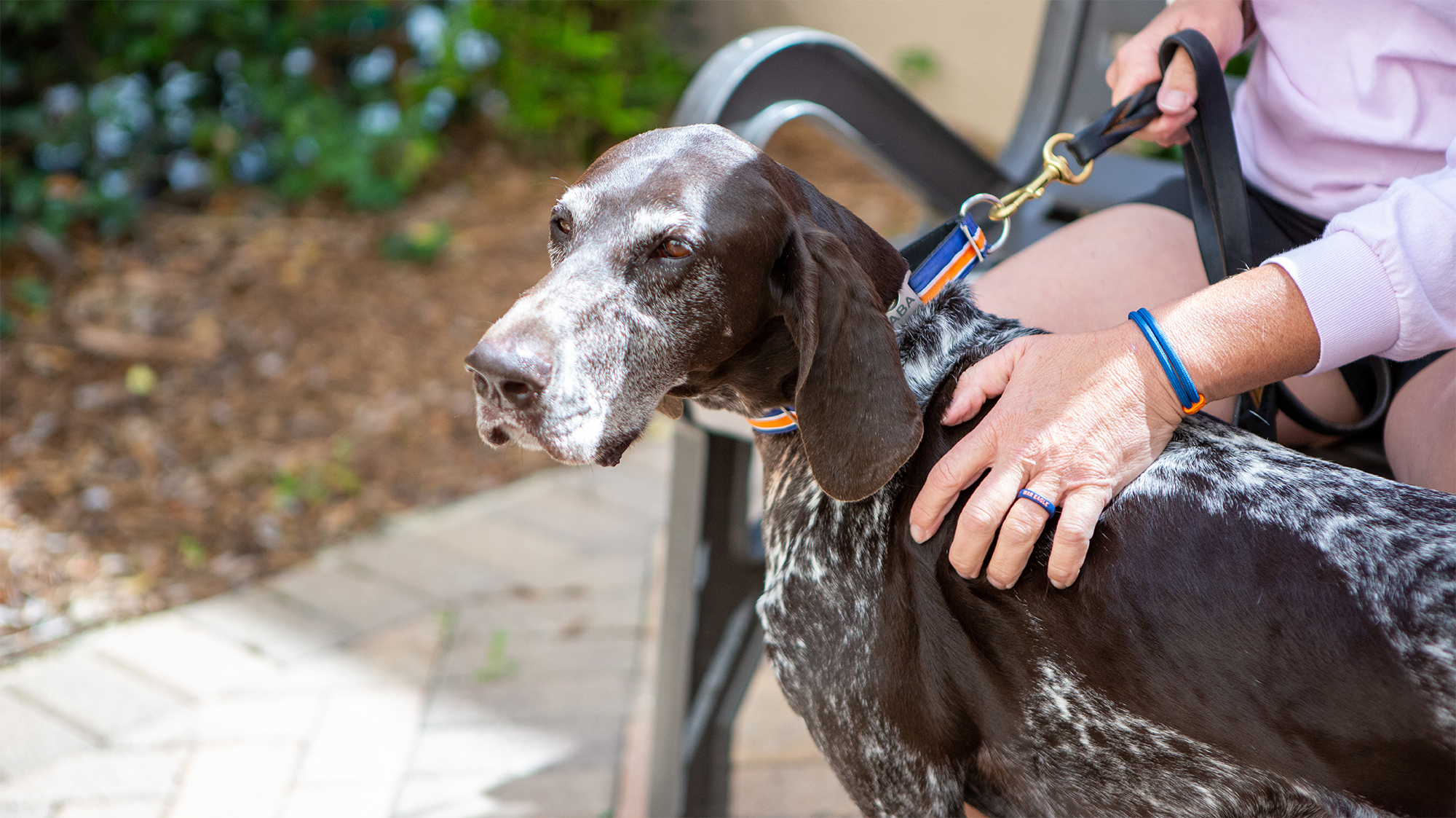
Sniffing Out A Bomb Sniffing Dog S Nasal Cancer Inspiring Animal Stories Vca Voice

Elements Of Oncology Strategies For Managing Cancer Pain In Dogs Cats
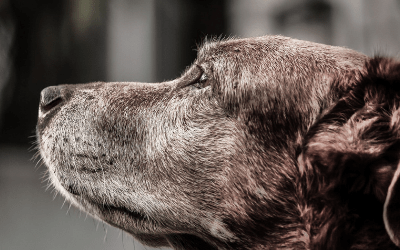
Palliative Care For Dogs Vca Animal Hospital
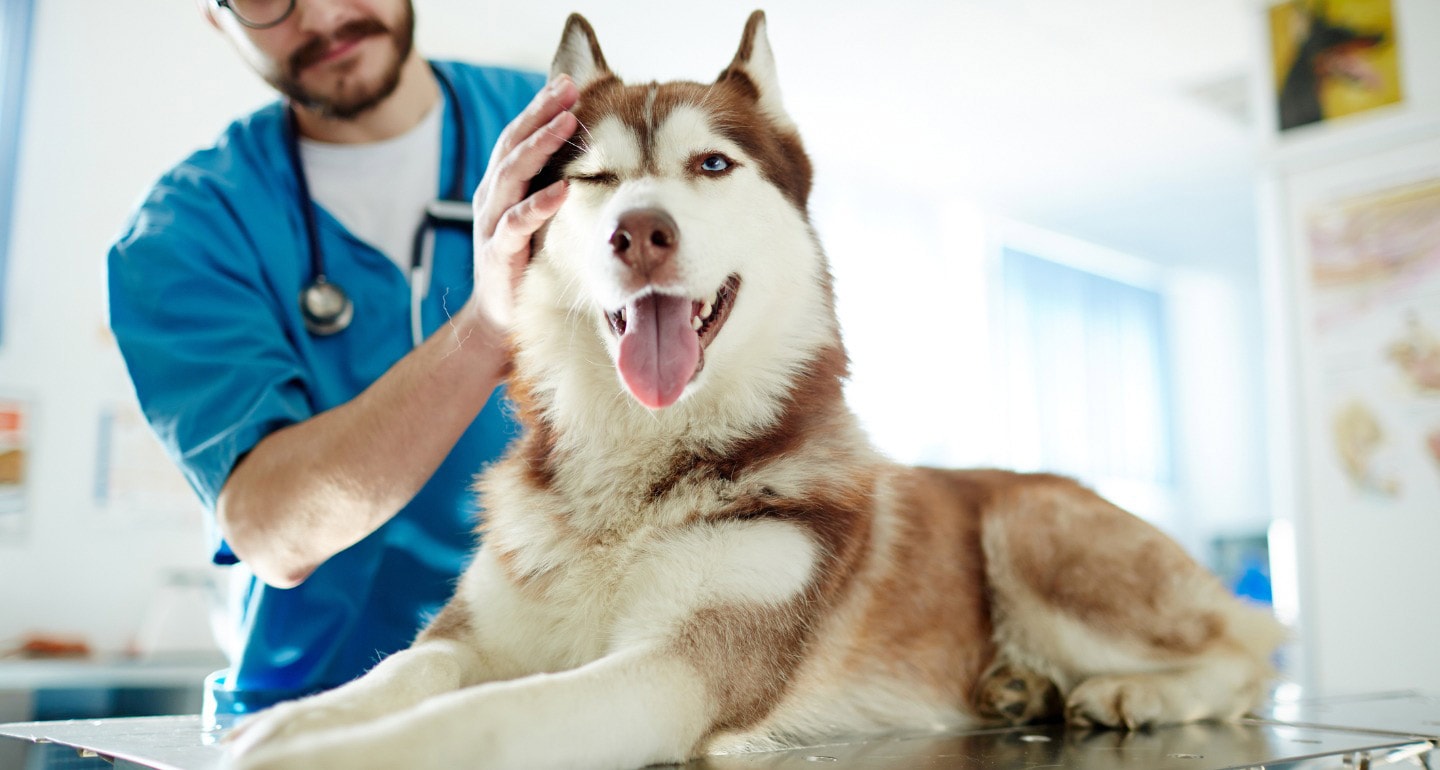
Cancer In Dogs Signs Diagnosis And Treatment Bechewy
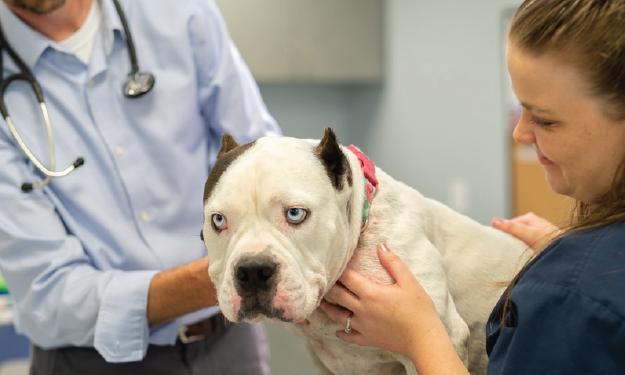
Nasal Tumors Ethos Veterinary Health

Elements Of Oncology Strategies For Managing Cancer Pain In Dogs Cats

Sniffing Out A Bomb Sniffing Dog S Nasal Cancer Inspiring Animal Stories Vca Voice

The Role Of Glucocorticoids And Nsaids In Cancer Treatment For Dogs And Cats Today S Veterinary Practice
0 comments
Post a Comment